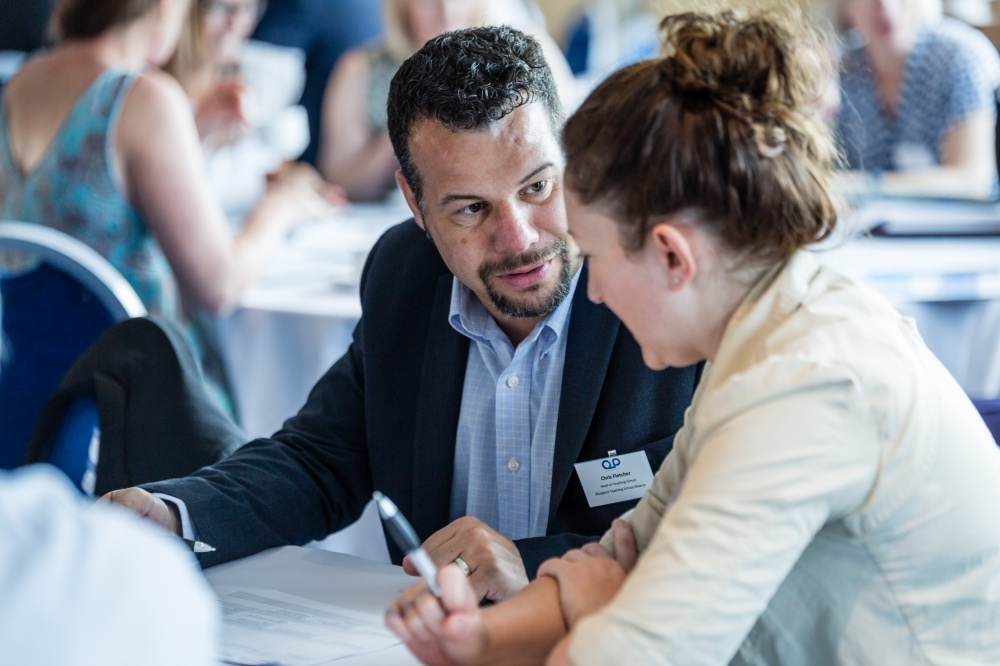School-to-school collaboration: Four questions to ask

School-to-school collaboration: Four questions to ask
This article was originally published on Headteacher Update.
Schools cannot tackle the big issues by acting alone and need to embrace collaboration. The big question is how to start. Yvonne Gandy advises...
When bringing on the next generation of teachers and leaders and keeping them teaching and leading, as well as helping all schools improve, it makes sense for Teaching School Alliances (TSAs) and groups of schools to share their knowledge and resources and work together on a larger scale to address these kinds of issues.
Collaboration is important not just because of its messages about co-operation for the greater good but because it is the practical answer to the big issues our education system faces. The government has recognised this and put collaboration at the centre of its Teacher recruitment and retention strategy, which it published in January.
One of its proposals is for Teaching Schools Centres, or Hubs, with a role to work with 200 to 300 schools on a regional level to support school improvement via effective teacher training, CPD and leadership development, and school-to-school support (pilots begin this autumn).
However, this kind of collaboration is already working well in some parts of the country. For example, with support from the Outstanding Leaders Partnership (OLP), TSAs in the North West have formed the Warrington Strategic Board to run CPD and school improvement together. The board shares responsibilities for delivering OLP’s National Professional Qualifications (NPQs) for school leaders and co-operates closely on school improvement, meeting every term.
But how do school leaders start on the road towards collaboration? Teaching School director at the Warrington Primary Academy Trust, Caroline Roberts, says that at the beginning of the process it pays to ask a set of simple questions that will help you and your team frame your thinking about collaboration and establish your first moves. She says that using a “logic model approach” as recommended in the Education Endowment Foundation’s (EEF) Implementation Guidance (2018) is a useful tool in these early planning stages as it will help you determine the distinct problem or activity you want to improve through collaboration.
There are four sets of questions to ask as you start to think about collaboration, Ms Roberts says:
- An appetite for collaboration? Where am I now – is my school outward-looking and engaged in meaningful networks? What is my team’s culture? Do they do what they have always done or do they bring new ideas to the table? Do we know what is coming up on the national agenda?
- Areas of need/development: How is your curriculum planning going? What does your data tell you about progress in your school? What does your school workload picture look like?
- Assess your strengths: Who are your subject knowledge experts? Do you have staff with a passion for mentoring and coaching others? Have you been trialling evidence-based programmes which are now bearing fruit?
- What is the local and regional picture? Which are the consistent and high-performing schools with similar demographics to you? Where are your local networks and what activities do they lead? Are they making a measurable impact? Where are your local Teaching Schools and what is their area of expertise? Where are the system leaders and which networks and organisations are they plugged into?
Yvonne Gandy is the Programme Director of the Leadership Qualification NPQs at Best Practice Network, which supports the Outstanding Leaders Partnership to deliver the four NPQs for school leaders.
